Home>Garden Essentials>What Type Of Greenery Is Used In Floral Bouquets
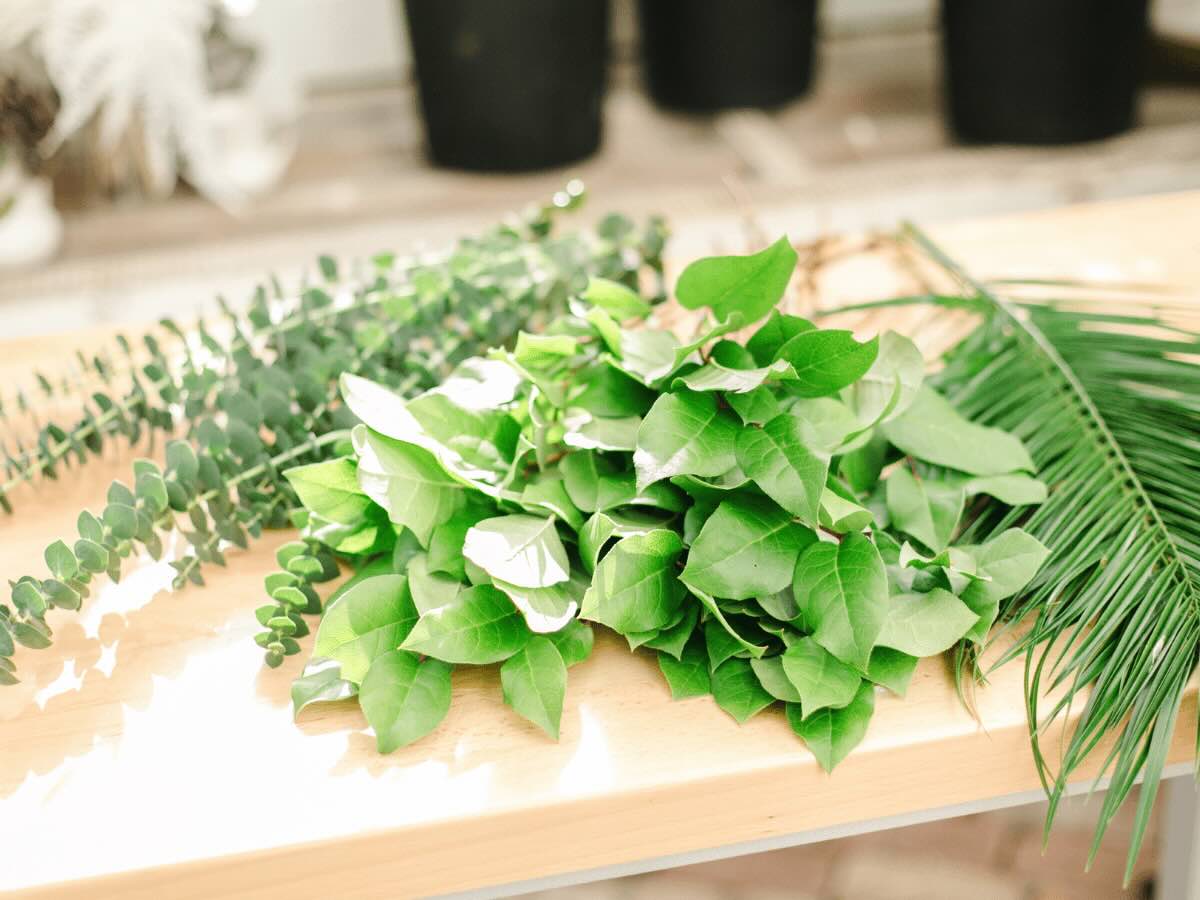

Garden Essentials
What Type Of Greenery Is Used In Floral Bouquets
Modified: March 7, 2024
Discover the variety of garden greenery used in floral bouquets. From lush foliage to delicate blooms, explore the endless possibilities of incorporating garden elements into your arrangements.
(Many of the links in this article redirect to a specific reviewed product. Your purchase of these products through affiliate links helps to generate commission for Storables.com, at no extra cost. Learn more)
Introduction
When it comes to crafting the perfect floral bouquet, the main focus is often on the vibrant and beautiful flowers that captivate our senses. However, there is another element that plays a vital role in enhancing the overall aesthetic appeal and adding a touch of life to these arrangements – greenery. Greenery serves as the backbone of a bouquet, providing structure and complementing the flowers in a unique way.
Greenery in floral bouquets serves several purposes – it helps create a cohesive and visually appealing arrangement, adds texture and depth, and enhances the overall balance. By incorporating different types of greenery, florists and garden enthusiasts can create a stunning bouquet that captures the essence of nature and elevates the beauty of the flowers.
In this article, we will explore the importance of greenery in floral bouquets, traditional varieties used, popular options in modern bouquets, and even some unique and unconventional choices. We will also provide tips and insights on selecting and arranging greenery to create the perfect bouquet that will delight both the giver and the recipient.
Key Takeaways:
- Greenery in floral bouquets adds texture, balance, and a natural aesthetic. Traditional, modern, and unique options offer endless possibilities for creating stunning and personalized arrangements.
- When selecting and arranging greenery, consider the overall aesthetic, mix textures, and experiment with unique options. Proper care and creativity can elevate floral bouquets to new heights.
Importance of Greenery in Floral Bouquets
Greenery plays a vital role in floral bouquets, as it not only serves as a decorative element but also provides a significant impact on the overall composition. Here are a few reasons why greenery is crucial in floral arrangements:
- Texture and Depth: The addition of greenery in a bouquet brings texture and depth to the arrangement. The varying shapes, sizes, and shades of leaves can create a visually pleasing contrast against the flowers, making the bouquet more interesting and dynamic.
- Balancing Act: Greenery helps to balance the colors and fill gaps in the bouquet. It acts as a bridge between the different floral elements, ensuring a harmonious blend and preventing the arrangement from looking too cluttered or overwhelming.
- Natural Aesthetic: The inclusion of greenery in a bouquet adds a touch of nature, evoking a sense of freshness and vitality. It brings a sense of tranquility and connection to the outdoors, making the bouquet more visually appealing and organic.
- Structural Support: Greenery provides structural support to the bouquet, helping to hold the flowers in place and maintain their desired arrangement. It acts as a backbone, ensuring that the bouquet retains its shape and form, even as the flowers subtly shift over time.
- Economical Option: Greenery is often more affordable compared to flowers, making it an economical option for floral arrangements. It allows for the creation of larger or more elaborate bouquets without breaking the bank, making it an ideal choice for budget-conscious individuals.
Overall, greenery is a crucial component of floral bouquets, bringing balance, texture, and a natural aesthetic to the arrangement. It serves as a beautiful backdrop for the flowers, enhancing their beauty and creating a visually appealing composition that captures the essence of nature.
Traditional Greenery Used in Floral Bouquets
Throughout history, certain types of greenery have been revered for their beauty and versatility, becoming staples in traditional floral arrangements. These classic greenery options add timeless elegance and serve as a foundation for a variety of bouquet styles. Here are some of the traditional greenery choices often used in floral bouquets:
- Ferns: Ferns are a popular choice for adding a soft and delicate touch to bouquets. Their feathery foliage brings a sense of movement and grace, creating a lush and natural aesthetic.
- Eucalyptus: Known for its aromatic scent and muted green leaves, eucalyptus is a versatile greenery that adds texture and depth to bouquets. It complements a wide range of flowers and adds a touch of rustic charm.
- Ruscus: Ruscus, also known as butcher’s broom, features dark green leaves with a unique elongated shape. Its dense foliage adds volume and provides a sturdy base for delicate flowers.
- Salal: Salal is a popular greenery option due to its glossy, leathery leaves that come in shades of deep green. It provides a lush and full appearance to bouquets while offering a sense of balance and symmetry.
- Ivy: Ivy is a versatile greenery that adds a trailing and cascading effect to bouquets. Its long vines entwine beautifully with the flowers, offering a touch of whimsy and romance.
- Leather fern: With its leathery and sturdy fronds, the leather fern adds a touch of structure to floral arrangements. It is often used as a backdrop for more delicate flowers or as a filler to create a lush and voluminous effect.
These traditional greenery options have stood the test of time and continue to be popular choices in floral bouquets. They bring a sense of elegance, texture, and balance to the arrangement, complementing the flowers and enhancing their overall beauty.
Popular Types of Greenery Used in Modern Floral Bouquets
As floral design evolves and new trends emerge, so do the choices of greenery used in modern floral bouquets. Designers are now exploring a wider range of foliage options to create unique and contemporary arrangements. Here are some of the popular types of greenery commonly found in modern floral bouquets:
- Seeded Eucalyptus: Seeded eucalyptus is a variation of the classic eucalyptus with clusters of small seed pods along its branches. These pods add texture and visual interest to a bouquet, making it a popular choice for bohemian and natural-inspired arrangements.
- Dusty Miller: Dusty miller is a silvery-gray colored foliage with soft, velvety leaves. Its unique texture and muted hue lend an ethereal and romantic touch to bouquets, making it a favorite among modern brides.
- Lamb’s Ear: Lamb’s ear is known for its velvety, soft-to-the-touch leaves that resemble the ears of a lamb. Its muted green color and delicate texture make it a popular choice for rustic and vintage-inspired bouquets.
- Grevillea: Grevillea is a unique greenery option with small, needle-like leaves in various shades of green. Its wispy and architectural form adds a modern and artistic element to bouquets, perfect for contemporary and minimalist designs.
- Monstera: The monstera leaf is instantly recognizable with its large and bold, heart-shaped leaves. Its tropical and exotic appearance brings a statement-making element to bouquets and is often seen in modern and tropical-themed arrangements.
- Aspidistra: Aspidistra is a versatile foliage choice with long, lush leaves that are known for their durability and longevity. Its dark green color and sleek appearance make it a popular choice for modern and sophisticated bouquets.
These modern greenery options offer a fresh and contemporary twist to traditional floral bouquets. Whether adding texture, unique color, or an unexpected element, these foliage choices help create standout arrangements that reflect current design trends and make a lasting impression.
When choosing greenery for a floral bouquet, consider using eucalyptus for its pleasant scent and long-lasting quality, or ferns for their delicate and airy appearance. These types of greenery can add texture and depth to your arrangement.
Unique and Unconventional Greenery Options for Floral Bouquets
For those who seek to make a bold and unconventional statement with their floral bouquets, there are plenty of unique greenery options to consider. These distinctive foliage choices can add an unexpected and artistic element to floral arrangements. Here are some of the unconventional greenery options you can incorporate into your bouquet:
- Tillandsia: Also known as air plants, tillandsia are fascinating greenery options that don’t require soil to thrive. These epiphytes can be attached to branches or incorporated into bouquets for an intriguing and modern look.
- Billy Buttons: Billy buttons, or craspedia, are vibrant and spherical yellow flowers that resemble playful pompoms. Their long, slender stems make them an unusual greenery option that adds a pop of color and whimsy to bouquets.
- Nigella: Nigella, commonly known as love-in-a-mist, is a delicate flower with fine fern-like foliage. The wispy and intricate nature of nigella foliage brings an element of intrigue and delicacy to bouquets.
- Protea Foliage: Protea foliage offers a unique and architectural quality to bouquets. The large and sturdy leaves of various protea species add a striking and bold element, often seen in tropical and contemporary arrangements.
- Lotus Pods: Lotus pods are intriguing natural elements with unique seed pod structures. The clusters of seeds inside the pods add texture and visual interest to bouquets, creating a captivating and unconventional look.
- Phalaris Grass: Phalaris grass is characterized by its vibrant and colorful seed heads. Its feathery texture and hues of green, pink, or purple make it a distinctive and unconventional foliage choice for vibrant and eclectic bouquets.
By incorporating these unique greenery options into your floral bouquet, you can create an arrangement that stands out from the crowd. These unconventional choices add a touch of creativity and personality, allowing you to make a truly memorable statement with your bouquet.
Read more: What Type Of Greenery To Use For A Wedding
Tips for Selecting and Arranging Greenery in Floral Bouquets
Selecting and arranging greenery in floral bouquets requires careful consideration and attention to detail. Here are some helpful tips to guide you in choosing and arranging greenery for your bouquet:
- Consider the overall aesthetic: Think about the style and theme of your bouquet. Are you going for a romantic, rustic, or contemporary look? Select greenery that complements the overall aesthetic and enhances the desired mood.
- Balance between greenery and flowers: Achieve a harmonious balance between your choice of greenery and flowers. The greenery should enhance and complement the colors, shapes, and textures of the flowers, rather than overpowering them.
- Mix different textures: Combine greenery with varying textures to add depth and interest to your bouquet. Pair delicate ferns with textured eucalyptus or mix velvety dusty miller leaves with feathery lamb’s ear for a visually appealing arrangement.
- Consider the size and shape: Pay attention to the size and shape of the greenery. Choose longer and trailing greenery for cascading bouquets, while opting for compact greenery for more structured or compact arrangements.
- Experiment with unique options: Don’t be afraid to think outside the box and experiment with unconventional greenery options. Incorporating unique foliage can add an element of surprise and make your bouquet truly distinctive.
- Trim and prepare the greenery properly: Before arranging the greenery in your bouquet, make sure to trim any excess leaves or thorns from the stems. This will ensure a clean and polished appearance for your arrangement.
- Start with a focal point: Begin the arrangement by selecting a focal point flower or larger greenery. Use it as a starting point and build the bouquet around it, adding other greenery and flowers to create a cohesive and visually appealing composition.
- Step back and assess: Periodically step back and assess your bouquet as you arrange the greenery. This will help you ensure a balanced distribution of greenery and identify any gaps that need to be filled.
- Trim stems at an angle: When arranging the greenery, always trim the stems at a diagonal angle. This allows for better water absorption and ensures that the greenery stays fresh and hydrated for longer.
- Consider the longevity: Some greenery options have a longer vase life than others. When selecting greenery, consider its longevity to ensure that your bouquet stays fresh and vibrant for as long as possible.
By keeping these tips in mind, you can select and arrange greenery in your floral bouquets with ease. Remember to let your creativity shine and have fun experimenting with different combinations to create a stunning and personalized arrangement.
Conclusion
Greenery plays a vital role in floral bouquets, adding texture, depth, and balance to the overall composition. Whether it’s the classic and timeless choices or the unique and unconventional options, greenery brings a natural aesthetic and enhances the beauty of the flowers.
Traditional greenery options like ferns, eucalyptus, and ruscus provide a timeless elegance to bouquets, while popular modern choices like seeded eucalyptus and dusty miller add a contemporary touch. For those seeking a bolder statement, unique greenery options such as tillandsia and lotus pods can create eye-catching and unconventional arrangements.
When selecting and arranging greenery, it’s important to consider the overall aesthetic, balance with the flowers, mix different textures, and experiment with unique options to create a bouquet that reflects your personal style and vision. Trimming and preparing the greenery properly, starting with a focal point, and stepping back to assess the arrangement are essential steps to achieve a balanced and visually appealing bouquet.
Finally, keep in mind the longevity of the greenery chosen and ensure proper care and hydration to maintain the freshness of the bouquet for as long as possible.
In conclusion, greenery is an essential component in floral bouquets, providing structure, balance, and visual interest. Whether you opt for traditional, modern, or unique greenery options, incorporating these versatile foliage choices will elevate your floral arrangements to new heights, adding a touch of nature’s beauty and capturing the essence of your vision.
Frequently Asked Questions about What Type Of Greenery Is Used In Floral Bouquets
Was this page helpful?
At Storables.com, we guarantee accurate and reliable information. Our content, validated by Expert Board Contributors, is crafted following stringent Editorial Policies. We're committed to providing you with well-researched, expert-backed insights for all your informational needs.
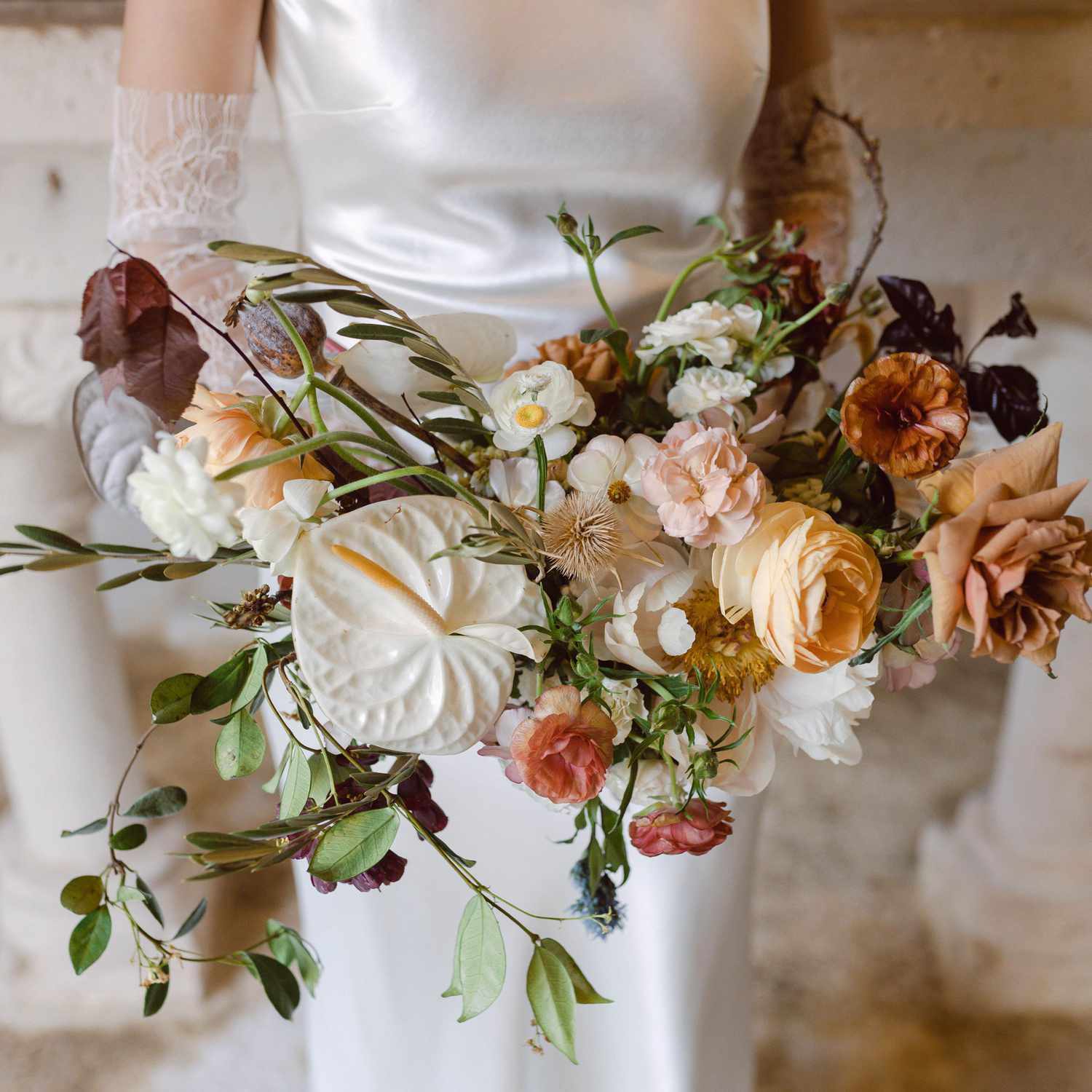
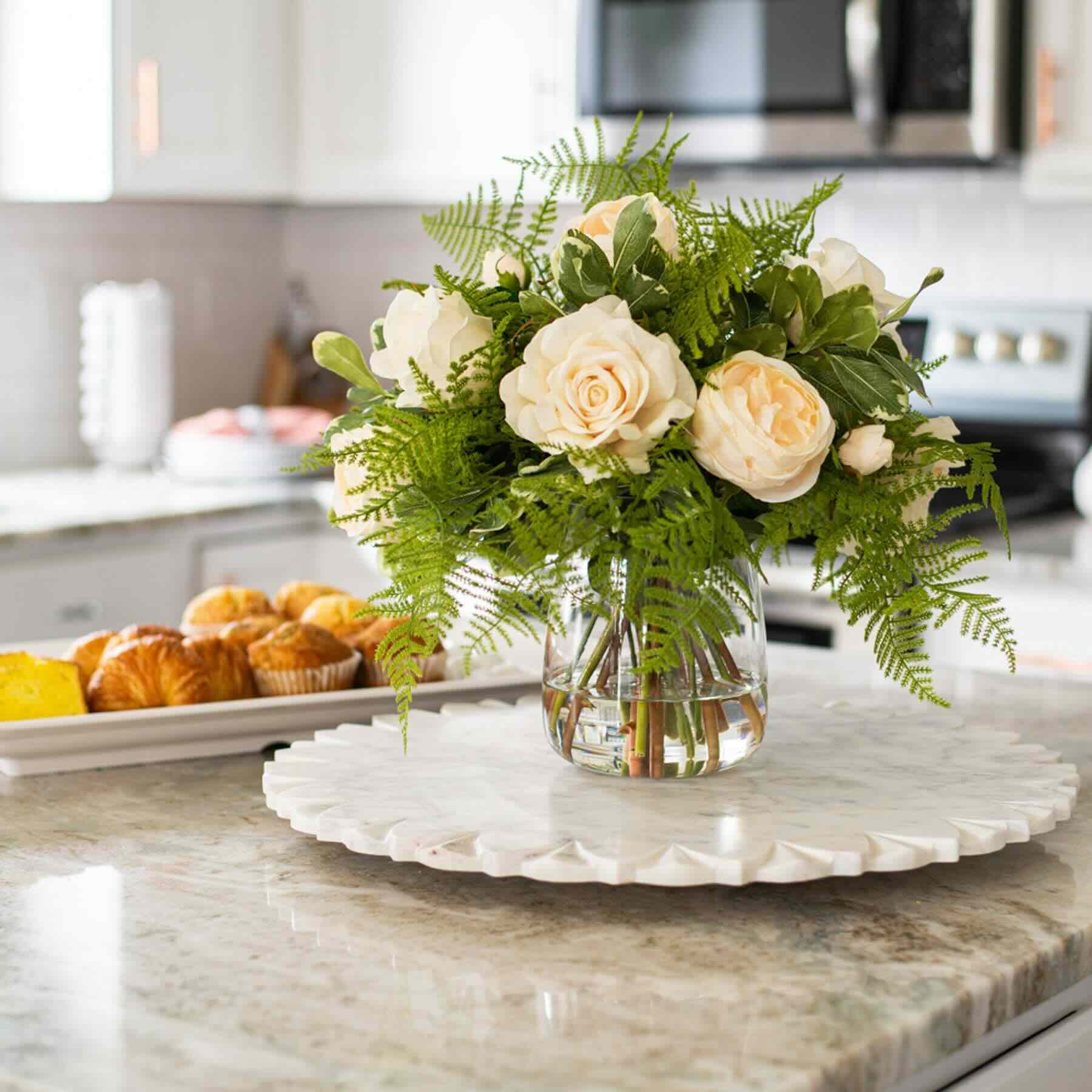
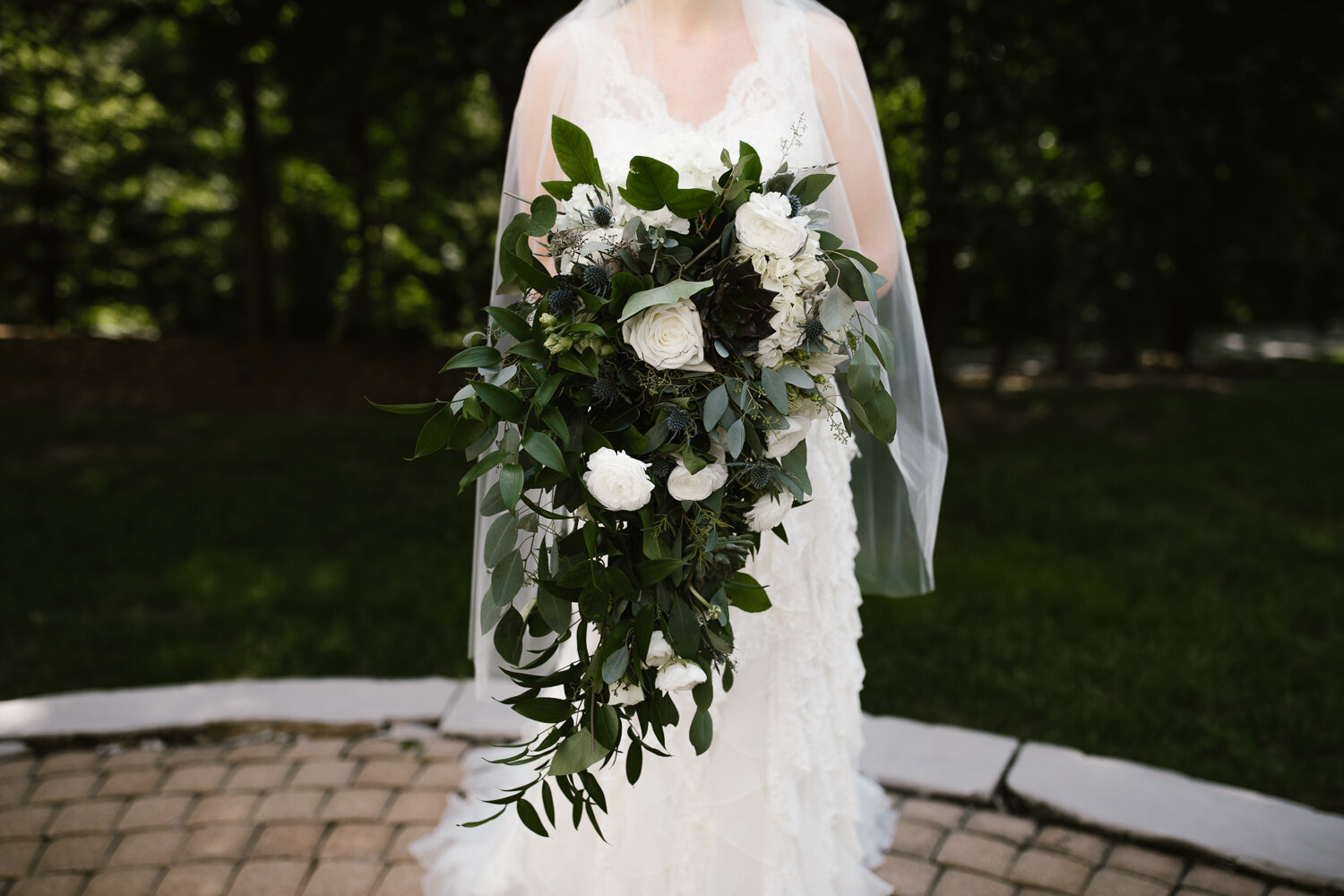
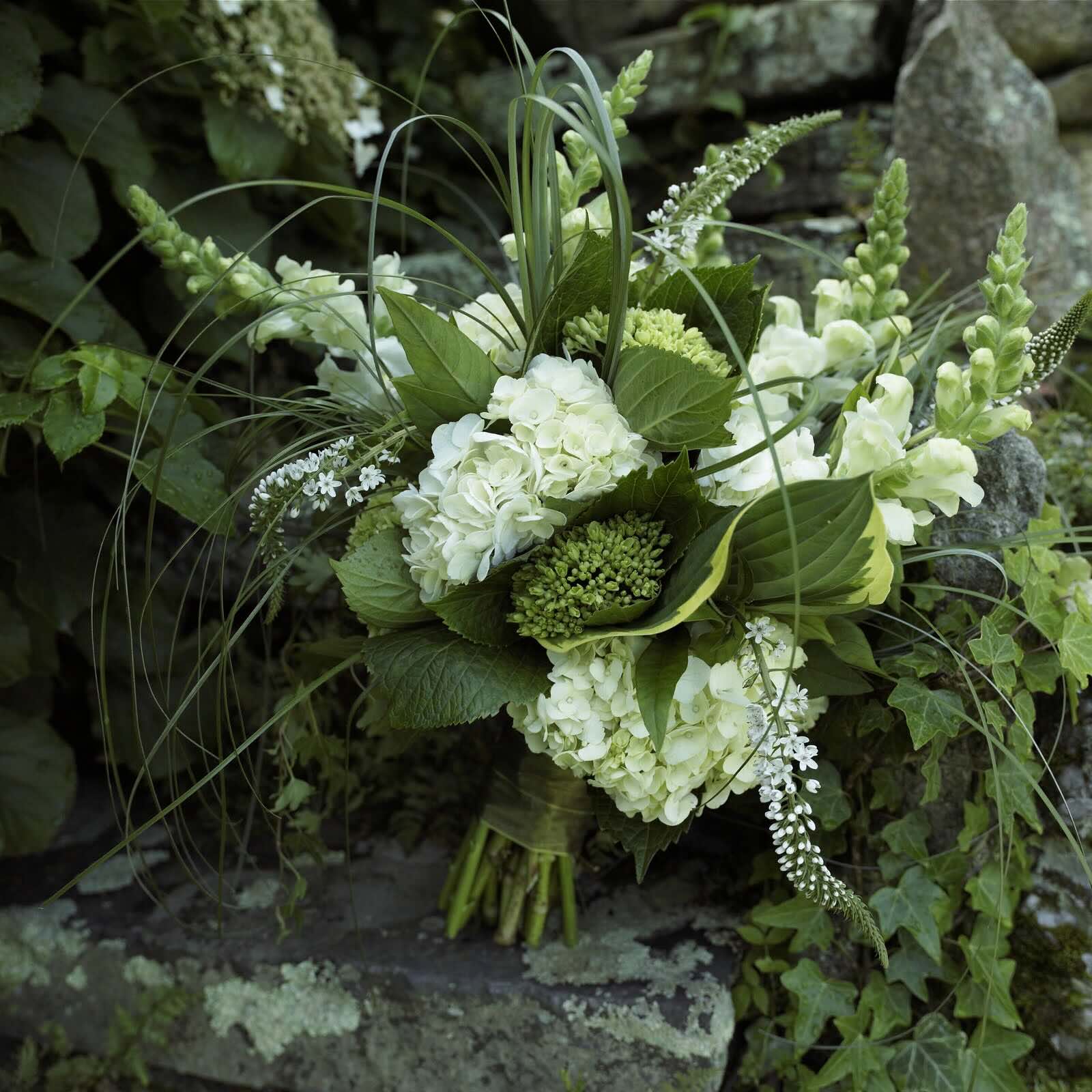
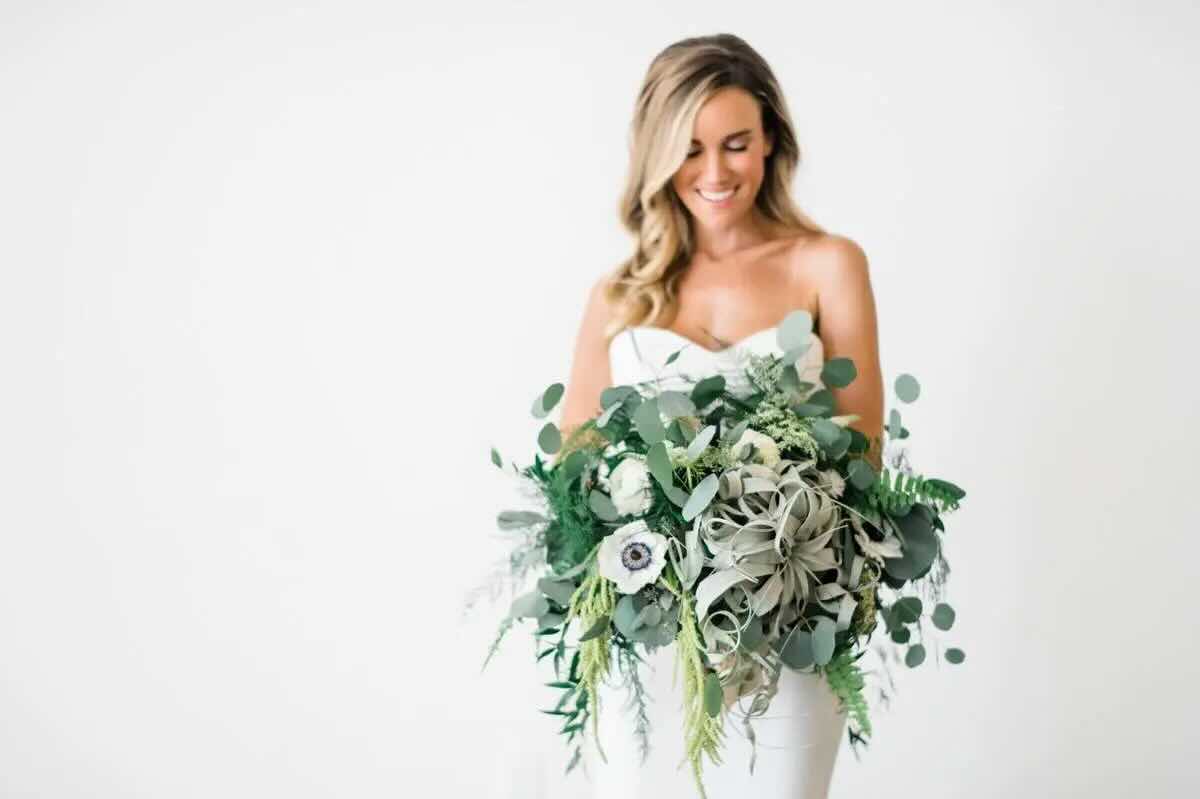
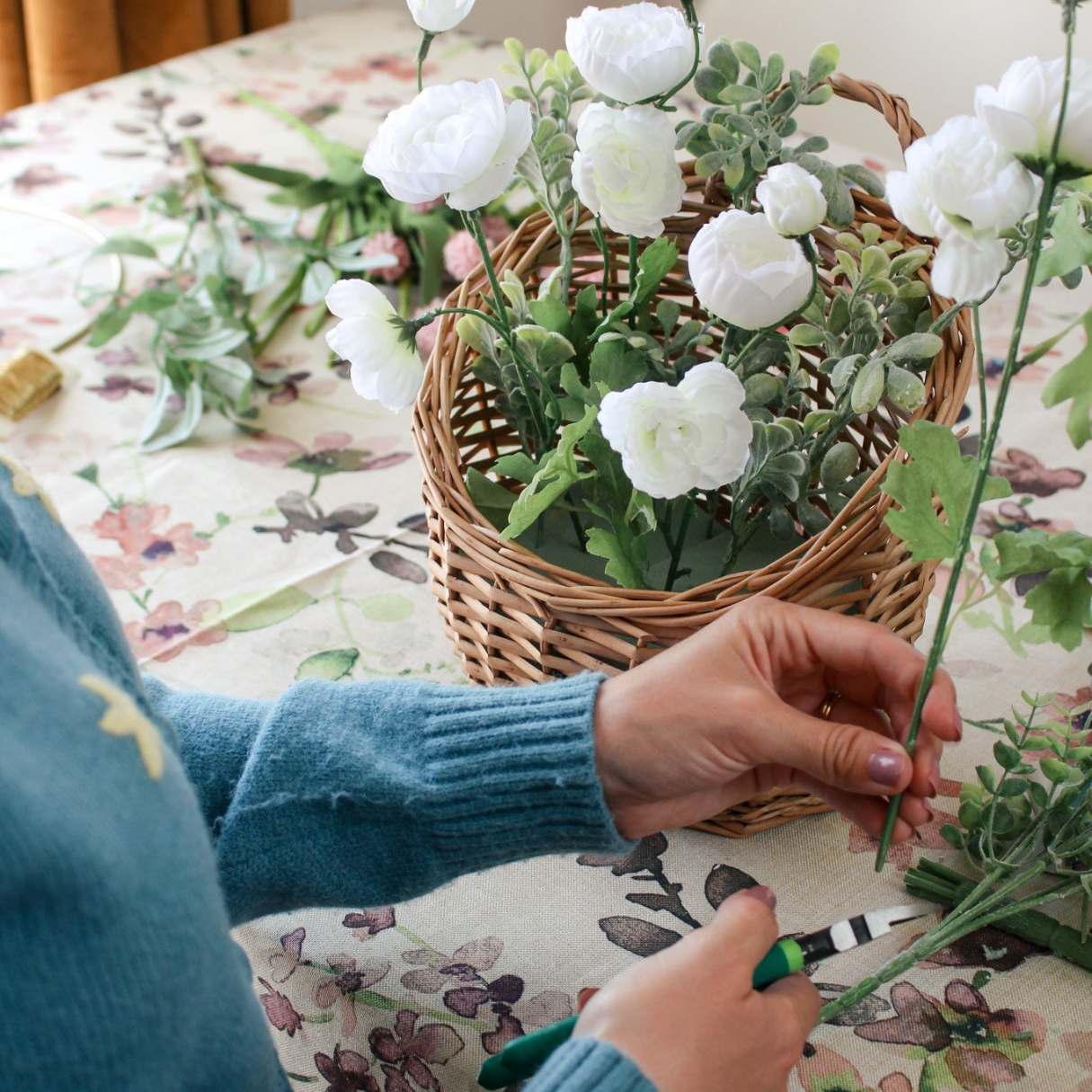
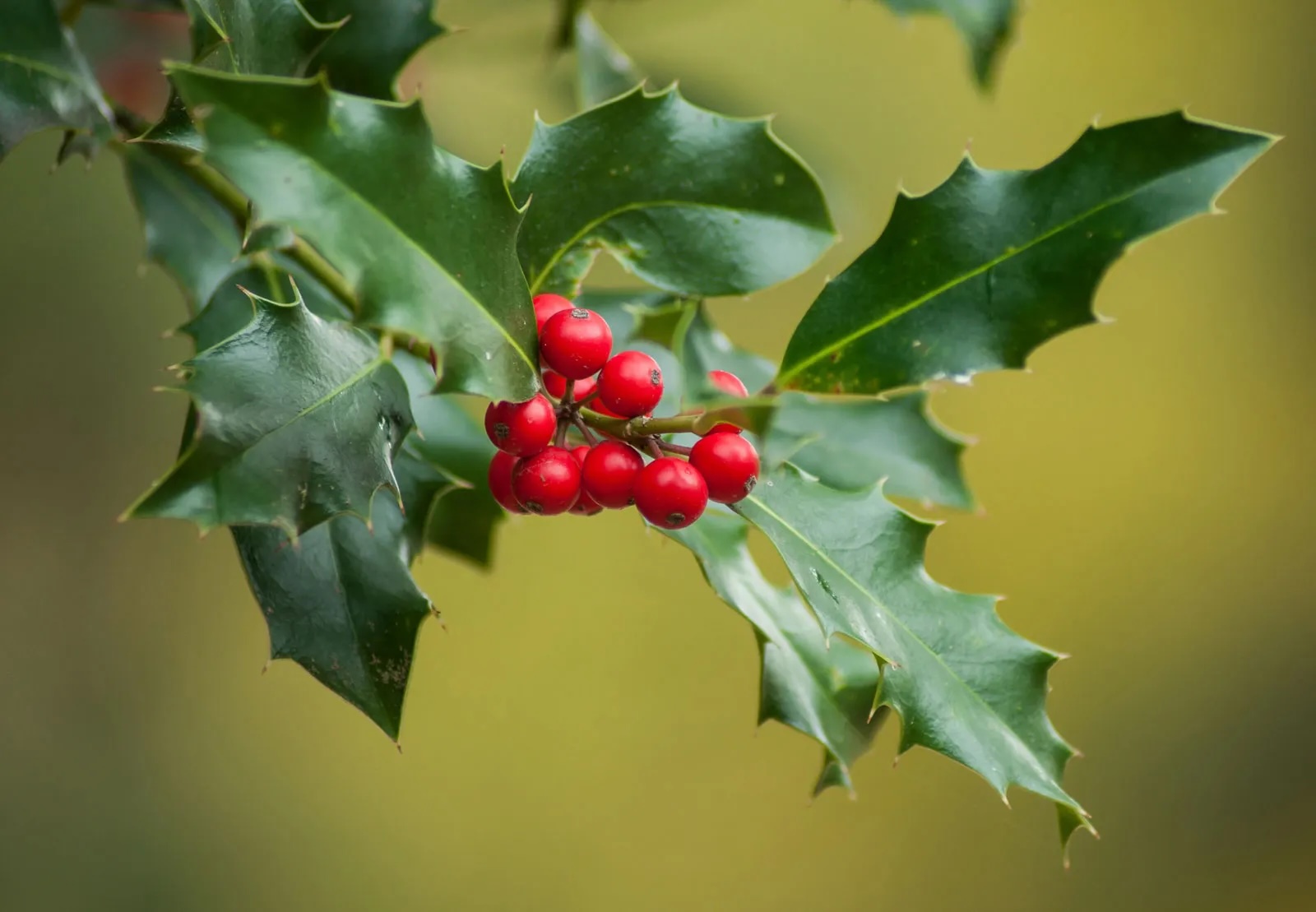
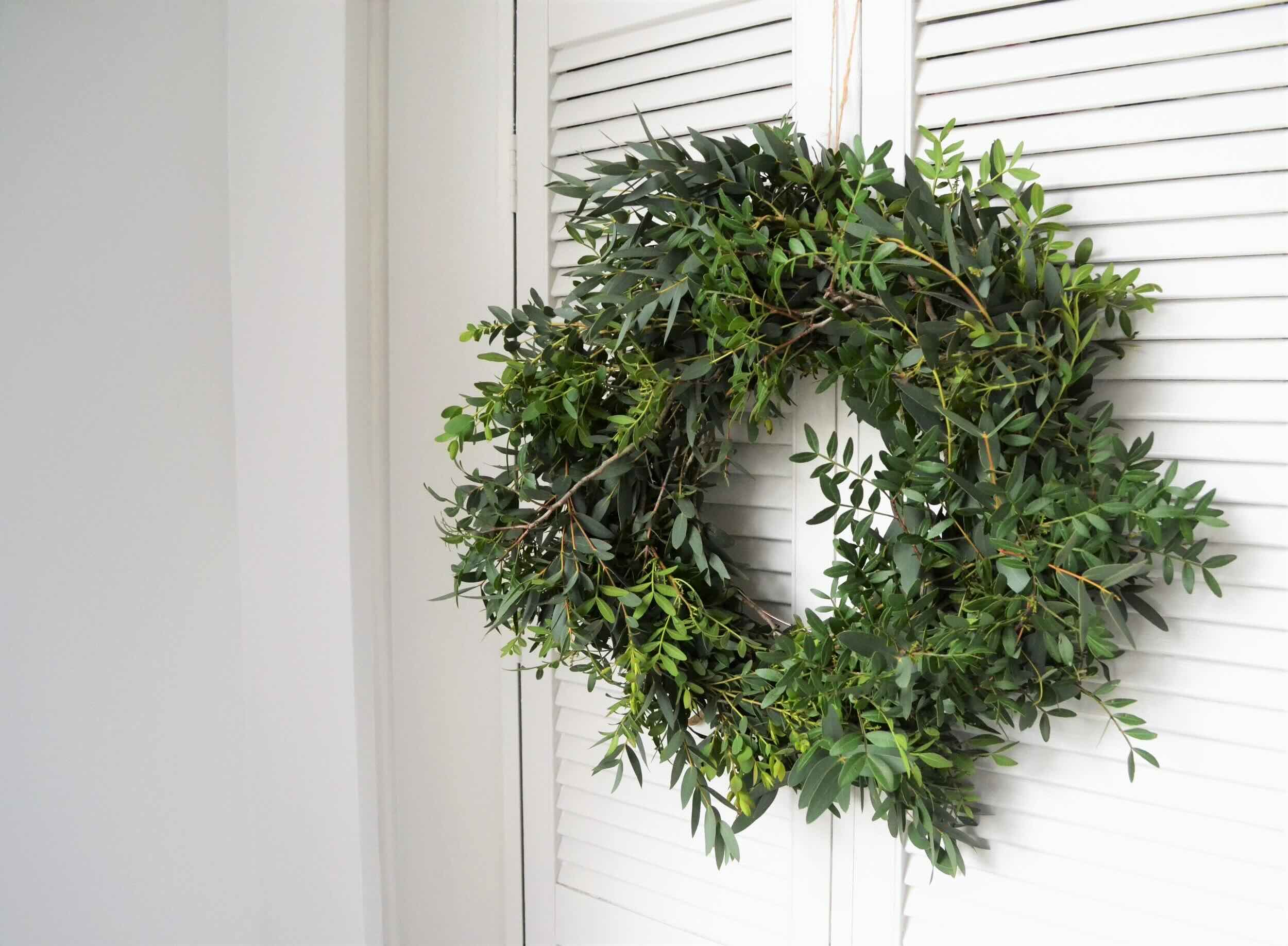
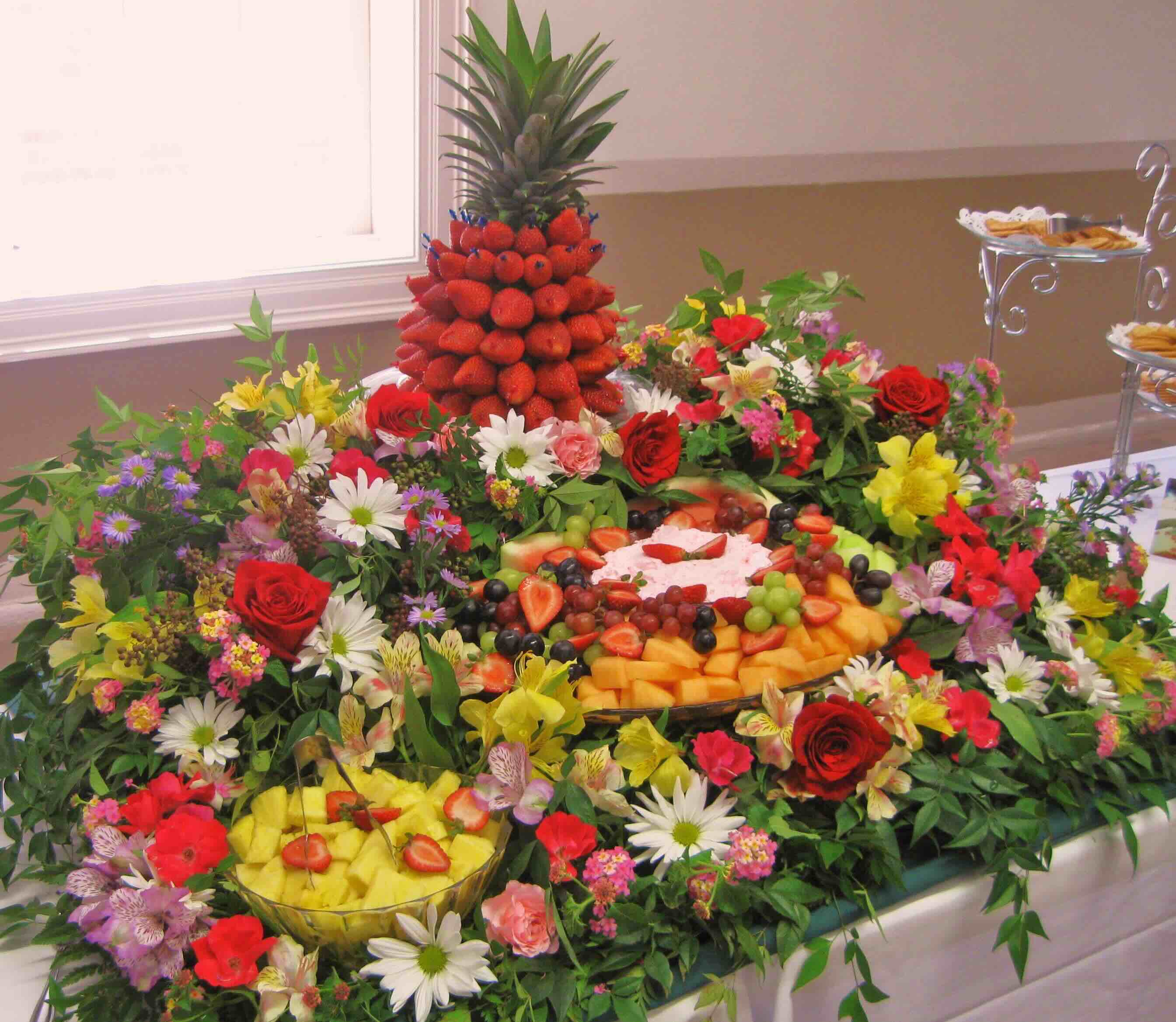
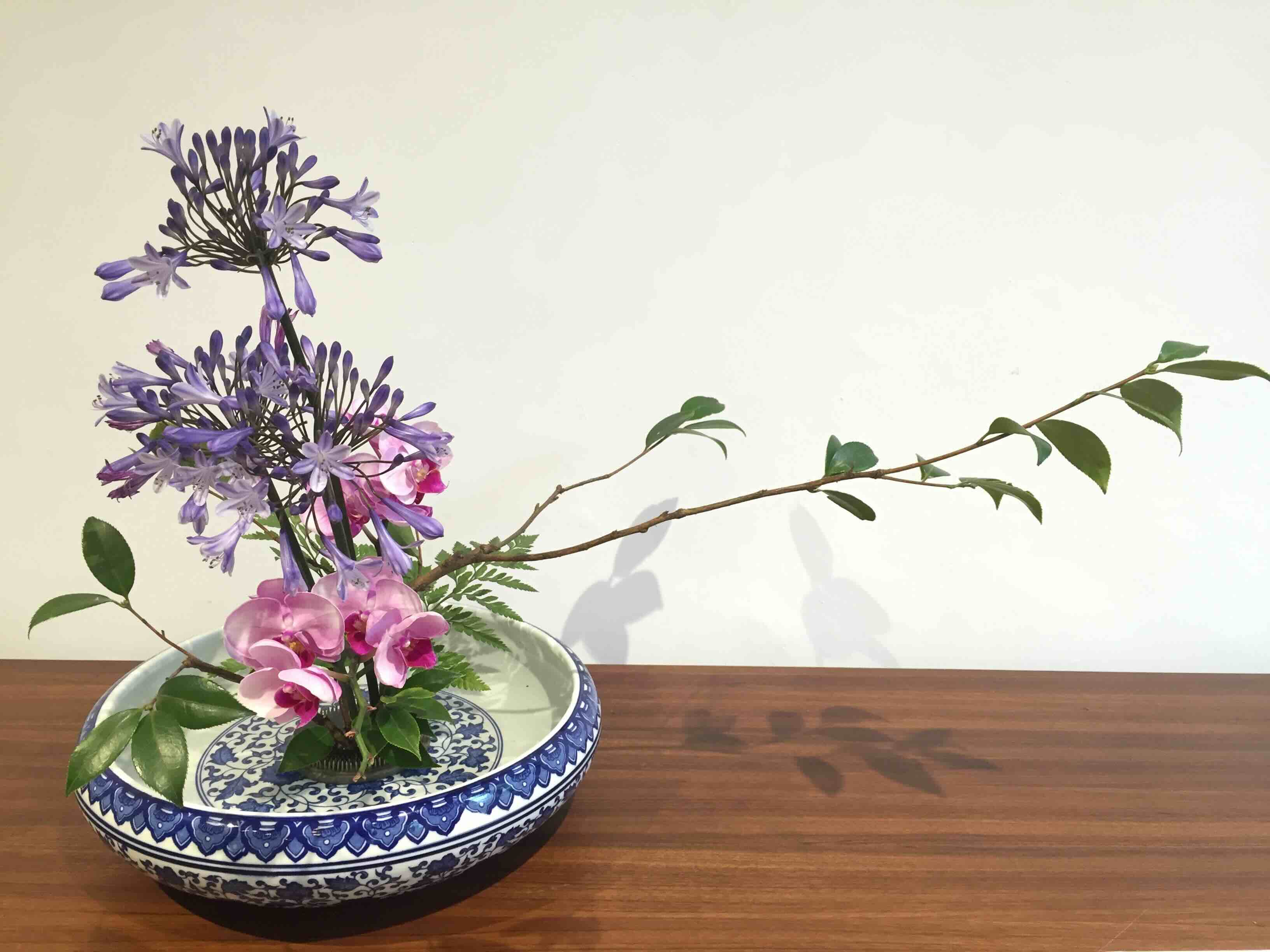
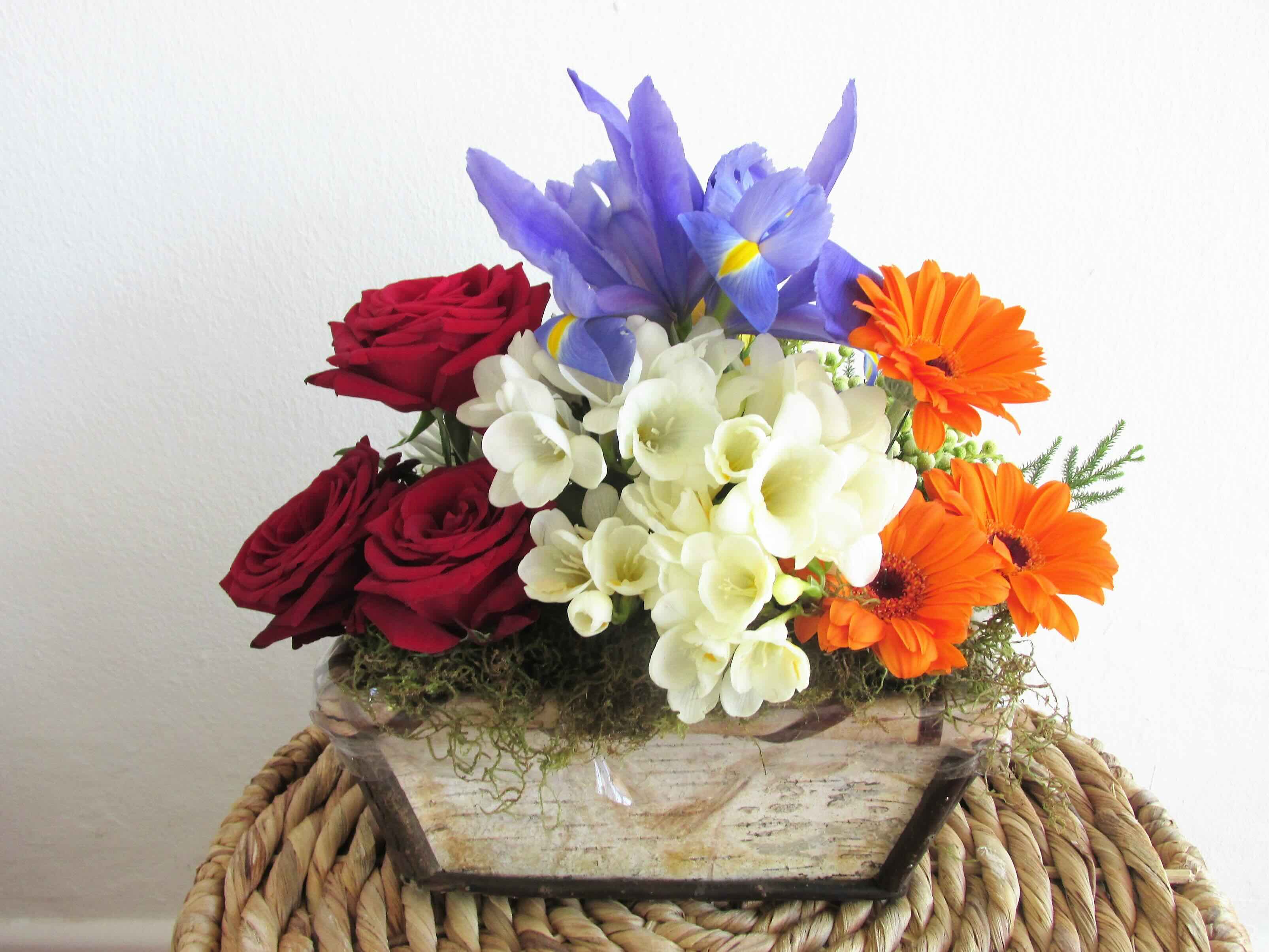
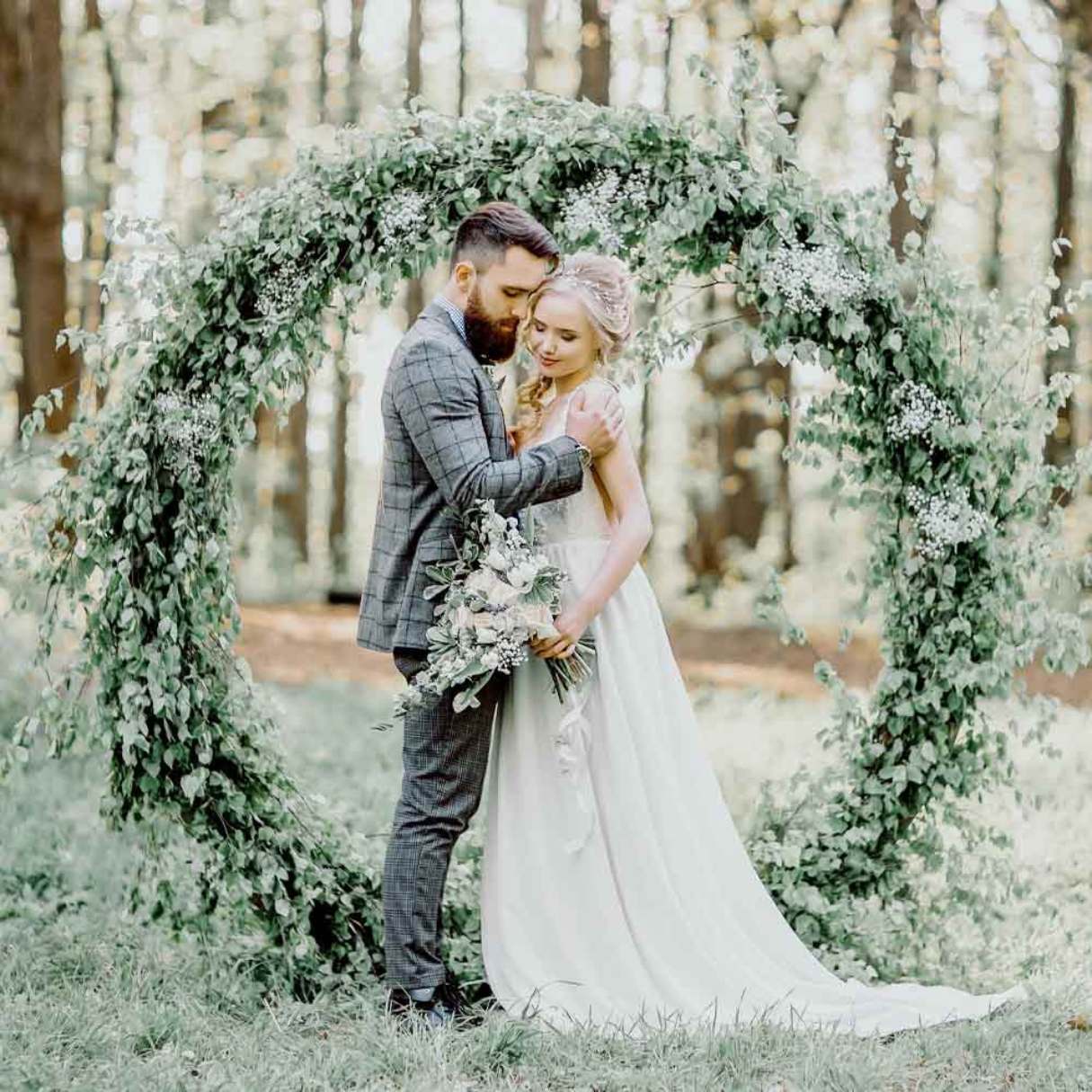



0 thoughts on “What Type Of Greenery Is Used In Floral Bouquets”